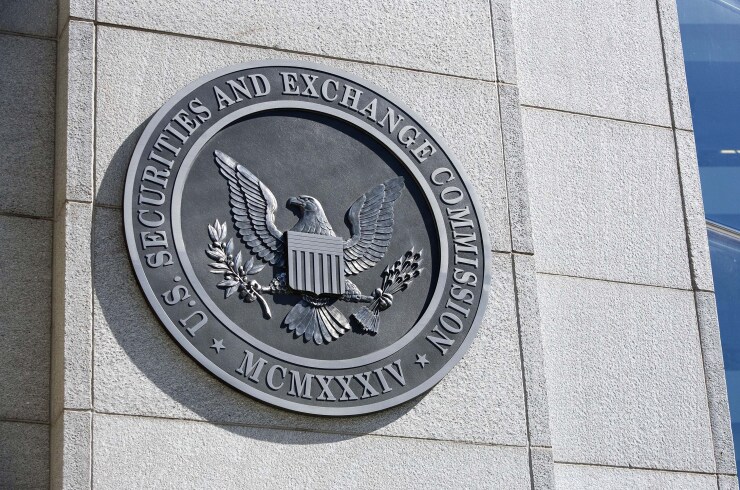The Council of Institutional Investors filed a petition Monday with the Securities and Exchange Commission asking the SEC to require companies to explain why they are using any non-GAAP metrics in setting executive compensation within the Compensation Discussion & Analysis section of their proxy statements, as well as provide a quantitative reconciliation of those metrics with their GAAP financials.

The CII argued that investors should be able to look at companies proxy statements to determine whether CEOs have hit the performance targets set by the board for them to receive incentive pay. But in many companies, the pay-for-performance metrics in the proxy statement are misleading or incomplete. Many companies tie executive pay to “adjusted” earnings or other non-GAAP measures that overstate performance, without any clear definition or explanation of the metrics. The CII is calling on the SEC to make sure publicly traded companies explain why and how they use non-GAAP metrics to determine CEO pay in its petition. The petition asks the SEC to require companies, in the CD&A section of their proxy statements, to explain why they are using any non-GAAP metrics in setting executive compensation and include a quantitative reconciliation of such metrics to their GAAP financials.
“Adjusted earnings and other adjusted measures should not be used to engineer excessive payouts,” said CII executive director Ken Bertsch in a statement. “Given the complexity in executive pay plans, and confusion about the links between pay and performance, investors need greater transparency about the measures boards use to determine incentive pay.”
Bertsch and MIT Sloan School of Management senior lecturer Robert Pozen have written about problems with disclosures on non-GAAP performance measures in CD&As. “The SEC’s disclosure rules have not kept pace with changes in compensation practices, so investors cannot easily distinguish between high pay based on good performance and bloated pay justified by accounting gimmicks,” said Pozen and SEC commissioner Robert Jackson Jr. in an
The CII pointed out that the SEC currently requires companies to reconcile any “adjusted” financial measures they use with GAAP figures in the earnings releases and most reports that public companies have to file, but not in the proxy statement disclosures on executive pay targets. The group believes clarity on financial criteria for payouts is critical in the proxy statement because that is what shareholders review when deciding how to cast advisory votes on executive compensation, which occur annually at most companies. CII stressed that it’s not asking the SEC to prohibit companies from using non-GAAP financial measures to determine compensation, as there may be valid reasons to use adjusted earnings or other measures to assess performance.
“GAAP is the standard, and deviations need to be clear and put in context,” said the petition.
The CII noted that the use of non-GAAP measures such as adjusted earnings has been accelerating in recent years. Research by the Analyst’s Accounting Observer found that 386 companies in the S&P 500 index reported adjusted earnings in 2016, up from 264 in 2009. In both years, adjusted earnings were an average of approximately one-third higher than reported GAAP earnings. Companies excluded from their adjusted earnings a number of different kinds of expenses, such as the costs of equity grants, asset impairments, intangible amortization and restructurings. In 2016, the adjusted earnings of 28 companies in the S&P 500 indicated substantial profits, even though their GAAP earnings were actually losses. Another 37 companies reported adjusted earnings that were more than 100 percent higher than their GAAP earnings. Of those 65 companies, 62 of them used adjusted earnings as compensation criteria in their CD&A’s, according to research by Pozen.





